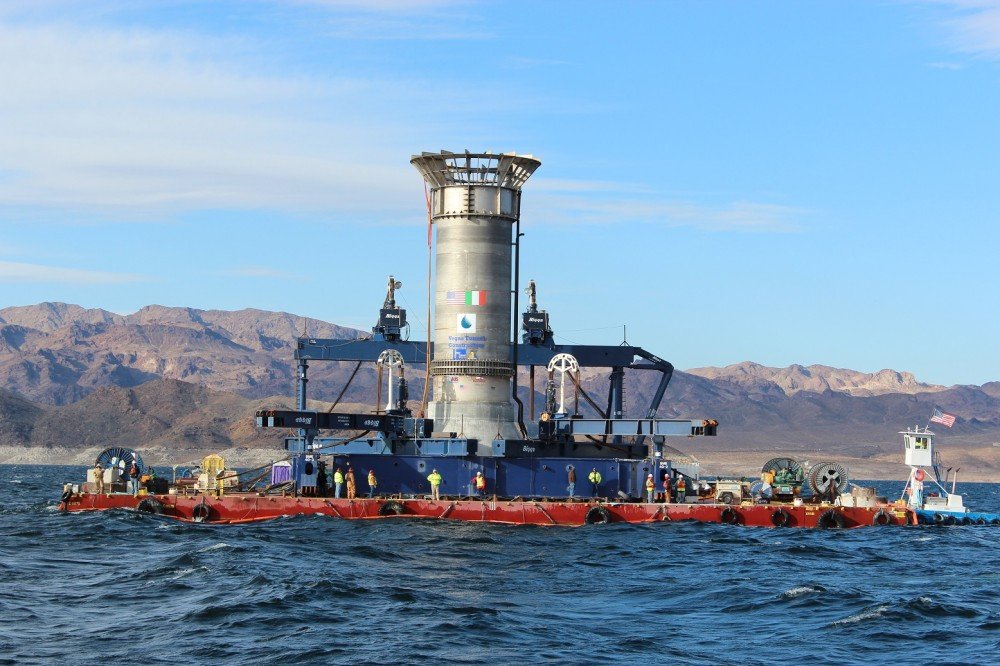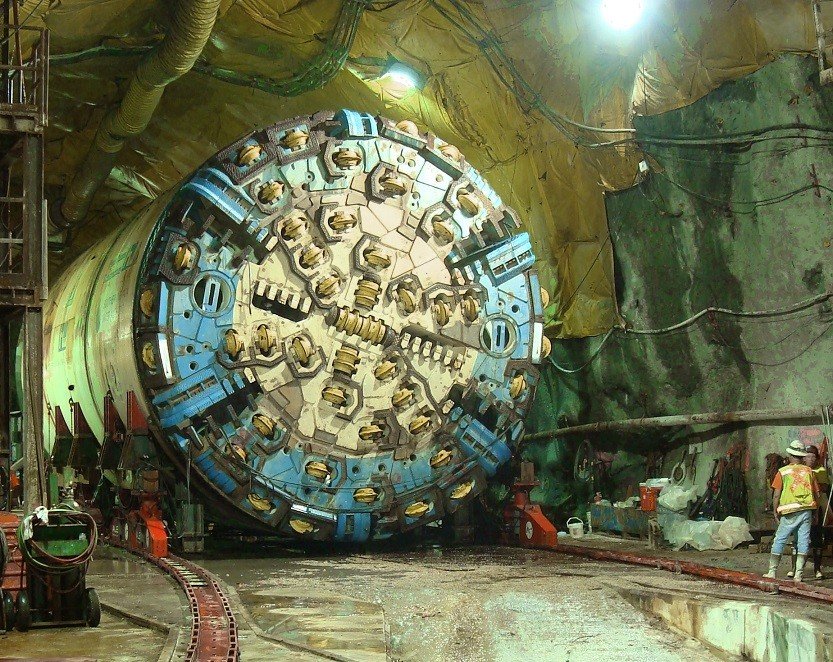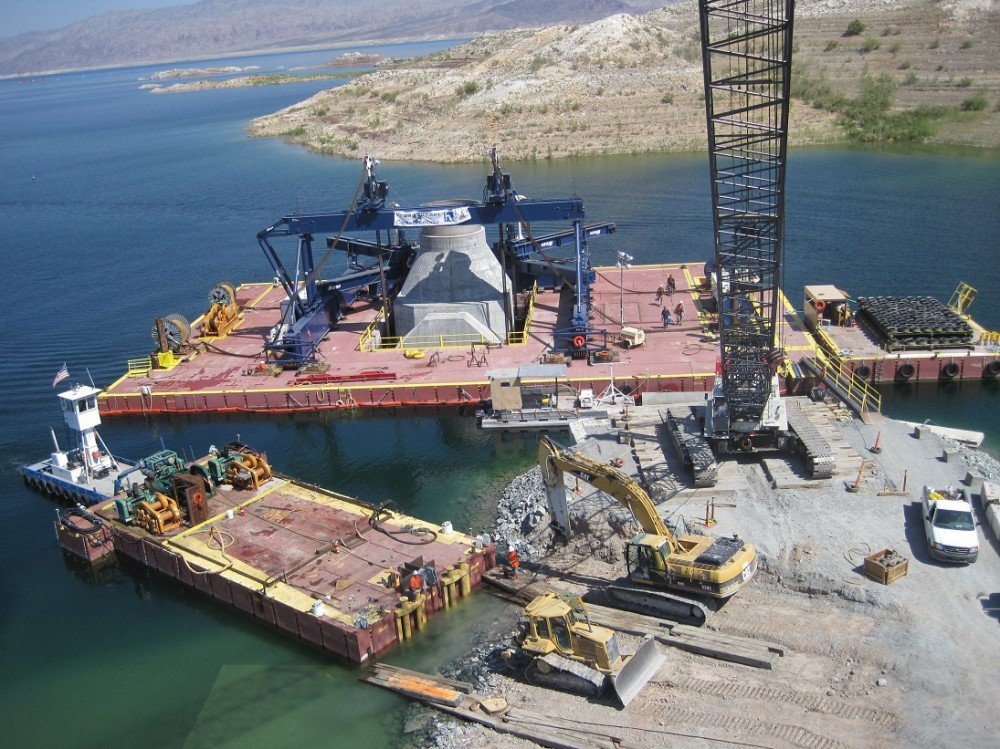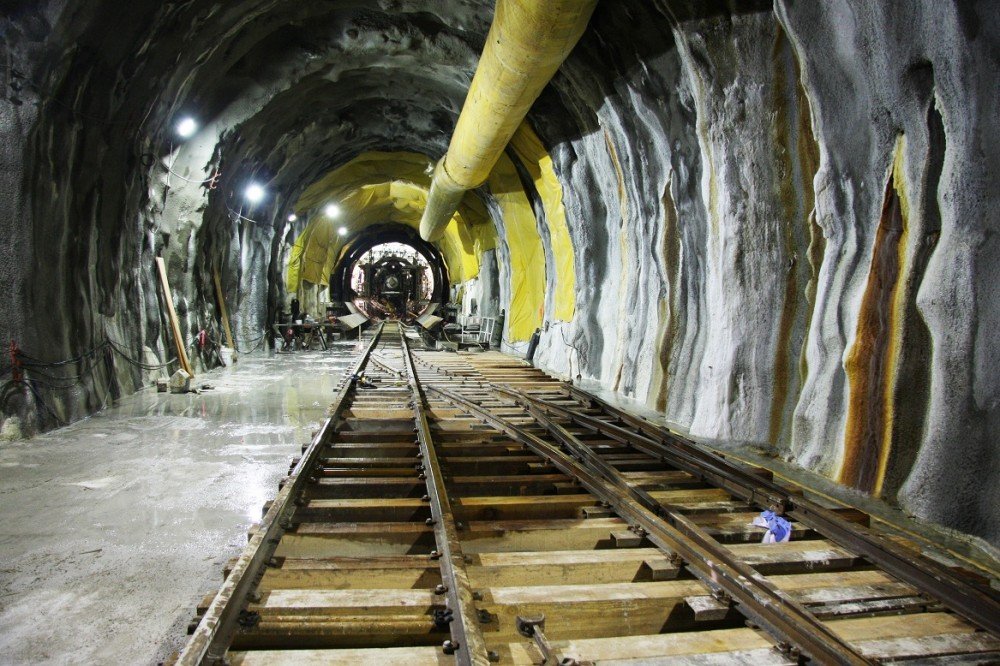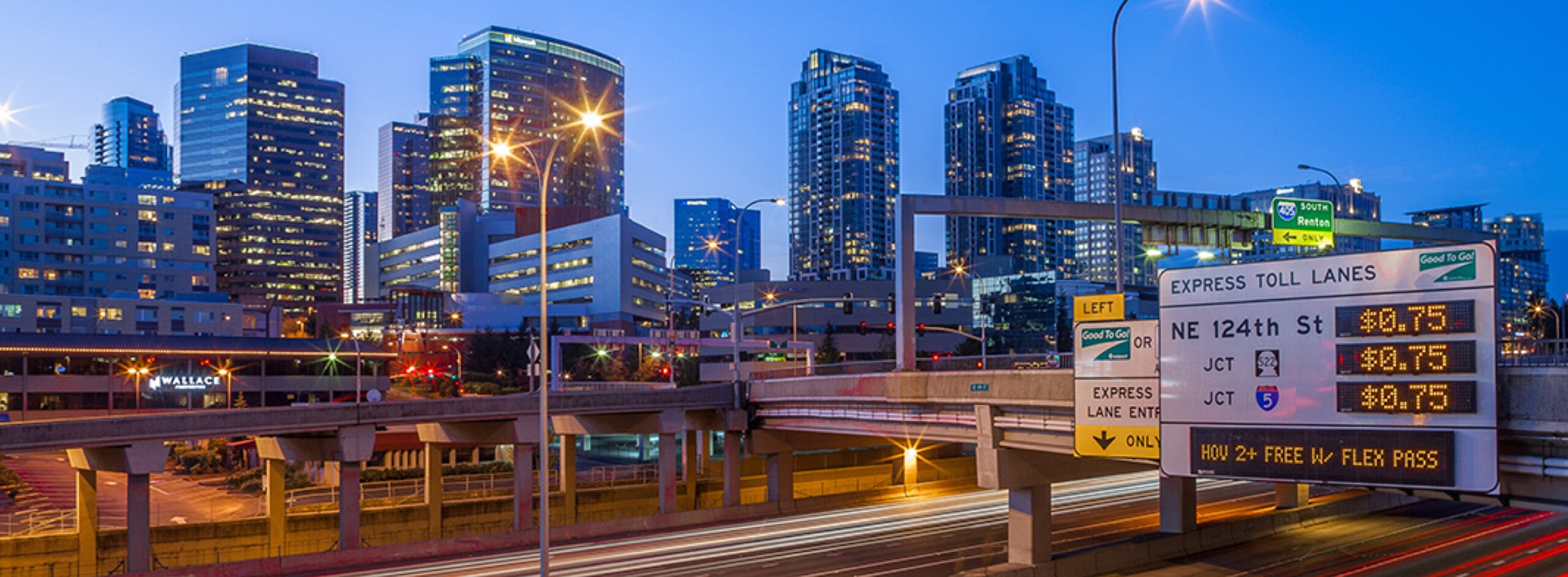
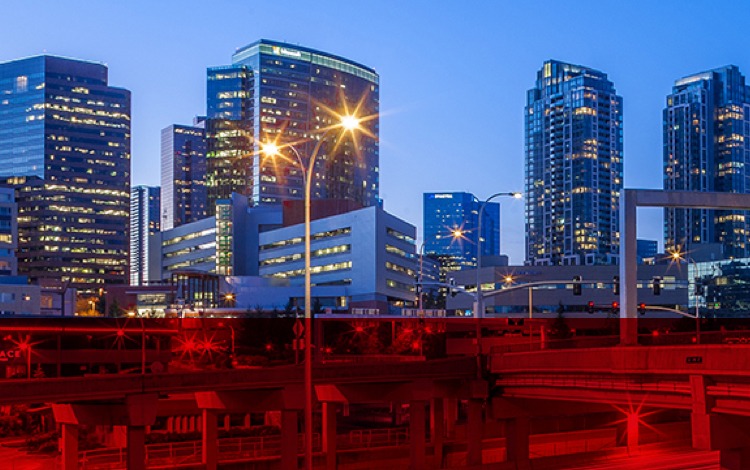
Lake Mead Intake
Lake Mead is the largest reservoir in the United States in terms of water capacity. It serves as the main water supply for the residents and tourists of the iconic city of Las Vegas. The Colorado River, which brings water to the area, is flowing less forcefully because of a severe, multi-year drought resulting in the water level of Lake Mead dropping 110 feet since 2000, leaving it at half capacity.
Overview
The Lake Mead Intake No. 3 Program is intended to protect the existing water system capacity of the Southern Nevada Water Authority (SNWA) against potential inoperability of the existing intakes. It also enables better quality water to be drawn from a deeper elevation/location in the lake, and brings clean water to more than two million people in southern Nevada.
The project was one of the most technically challenging in the industry because of the very complex geological conditions. It required tunneling under water pressure that was so extreme, it had never been done before. The intake structure itself was located 377 feet deep in the middle of the lake.
Technical Highlights
The project included design and construction of the following structures:
- 15,000-foot-long intake tunnel bored in rock with cover ranging from 587 feet (at launch) to about 30 feet upon entering the intake structure
- Custom dual-mode, slurry shield tunnel boring machine designed to withstand 17 bars of water pressure or 40,000 gallons per minute.
- 30-foot finished diameter, 611-foot deep access shaft
- Stub Tunnel from the access shaft at a depth of 400 feet that is 83.5 feet long from shaft to bulkhead
- 202-foot-long Tunnel Boring Machine launch chamber at the bottom of the shaft
- 85-foot-long IPS-X connection stub tunnel and back-shunt tunnel
- 360-foot-long, 26-foot horseshoe TBM tunnel
Significant Marine Works Include:
- 11,000 of tremie concrete placed underwater
- 48,000 CY of material excavated underwater
- In-house design and engineering
- Preservation of endangered wildlife within a national park
RECOGNITION
- 2016 Outstanding Civil Engineering Achievement Award, American Society of Civil Engineering (ASCE) Finalist
- 2016 Tunnel Achievement Award for Project Excellence (Tunnel Business Magazine)
- 2015 Global Tunneling Project of the Year (over $500 million), Tunneling & Underground Space Awards
